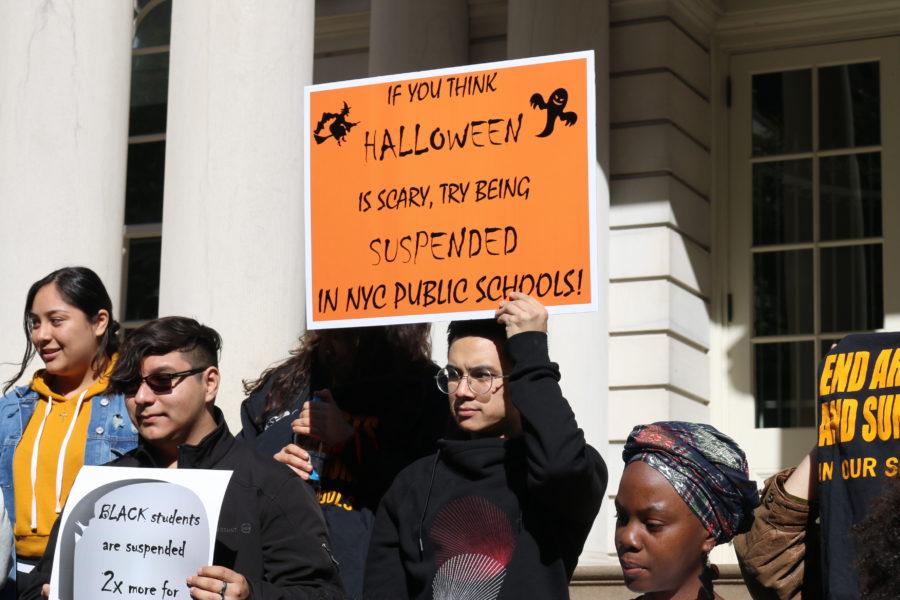Student suspensions fall sharply in New York City, reversing an unusual bump the year before

“Student suspensions fall sharply in New York City, reversing an unusual bump the year before” was originally published by Chalkbeat, a nonprofit news organization covering public education. Sign up for their newsletters here.
Suspensions handed out to New York City public school students last year fell significantly, reversing an unusual uptick the year before.
The total number of suspensions decreased 10.5 percent in the 2018-19 school year to 32,801, according to data released Friday by the New York City Department of Education.

Brooklyn Boro
View MoreNew York City’s most populous borough, Brooklyn, is home to nearly 2.6 million residents. If Brooklyn were an independent city it would be the fourth largest city in the United States. While Brooklyn has become the epitome of ‘cool and hip’ in recent years, for those that were born here, raised families here and improved communities over the years, Brooklyn has never been ‘uncool’.